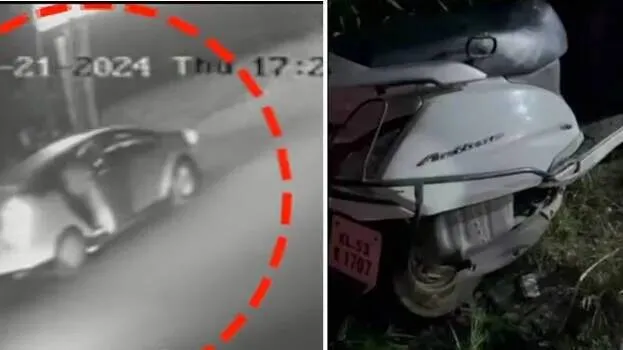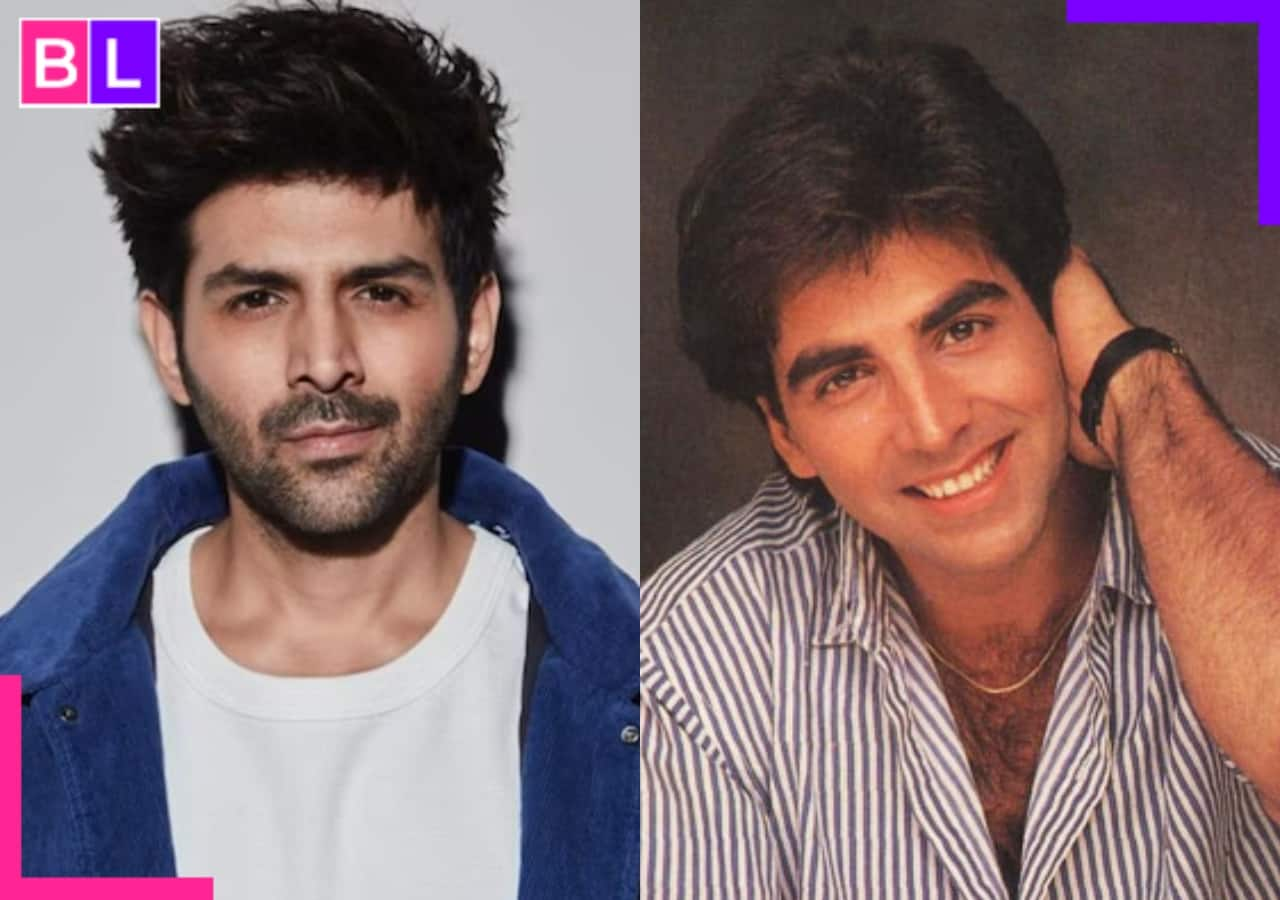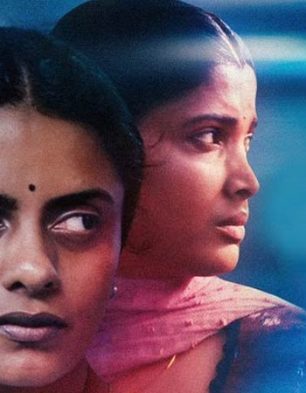
Over the past decade, BLOND:ISH has emerged as one of the most genre-blurring artists in electronic music. In the five years since going solo under the BLOND:ISH moniker, Bakos has redefined herself as an artist – where she was once a mainstay at late-night raves, you’re now more likely to see her performing beachside sets in the mid-afternoon. And when not behind the soundboard, she runs a crypto fund and a non-profit dedicated to reducing the amount of plastic waste produced by music festivals.
Following a rare after-midnight set at Circoloco ’s Halloween weekender, produced by Teksupport at a Brooklyn warehouse, Bakos discussed curating a set, her approach to production and what the BLOND:ISH project looks like today. Louis Nesbitt How has the BLOND:ISH project evolved over the past few years? It evolved when I realized everything is energy. That was the total game-changer for my music.
When you approach everything as energy, it becomes easier to make decisions with your heart, which is much better than your ego. Everyone always says to find your sound, but for me, it’s just about putting my energy into your music versus discovering a specific sound. Then, I put value into it, where the intention is to make the listener feel they’re part of something bigger.
How do you approach making music solo versus with a collaborator? I’m more selfish with the music I make solo. It’s just me and my creative freedom. It’s introspective, and my own experiences are projected onto my music.
You want to get to a place of creative freedom when collaborating, but it doesn’t start like that. It’s like building a relationship. You gotta massage it.
Sometimes it clicks, and sometimes you have to find your commonality. We’ll share a lot of references and play music, and then ideas start bouncing around. I get super inspired by the smallest things when they happen right before my eyes.
So, listening to others first is a crucial piece of the puzzle. Working with a collaborator often leads to unexpected outcomes and pushes me out of my comfort zone, where I thrive the most. Being a touring DJ, you learn that skill.
Louis Nesbitt You performed at CircoLoco’s Halloween shows. How do you approach planning for a set? I don’t usually like to describe music in words. There are not enough words in the English language to describe music, which is present in everything in our existence.
But, I play friendly bangers. Many people travel from far-off places to see my shows, so I’m there to add some color to the music I’m playing. I acknowledge as many people as I can during my set.
“All forms of house inspire me, so adapting is where I thrive.” As an artist particularly known for beachside sets, how do you adapt your sets/music to the environment? I guess that’s because I had a revelation a few years back when I told myself that I love to DJ and party, but let’s do it more around sunset. It’s cleaner energy than 5 a.
m. in a club. Plus, I want to wake up early and be healthy.
All forms of house inspire me, so adapting is where I thrive. I’m not a DJ who always plays the same genres and sets: the energy is the main consistency. Walk us through your production process.
Since I have a family now, the studio sessions all happen during the daytime. However, the pre-production, concepts, intention, and ideas are gathered during my travels. A mix of recorded samples, late-night voice notes, notepad scribbles, and random Ableton projects from flights.
I prefer jam sessions. I don’t even have a studio at home. I’ll go to friends and hire studios in the cities I’m in.
I’ve written most of my music in Los Angeles over the past two years and some in Miami and London. I’m going to Jamaica this month for a week to make music. The whole intention of the trip stemmed from my curiosity to see how we can evolve from the current genres we’re all overexposed to.
I’m eager to go out in the streets, meet local musicians, experiment in Jamaica’s rich culture and see what we come up with. Louis Nesbitt You’ve been immersed in the electronic music scene for the past two decades. I’m curious to hear about some of the most significant changes you’ve noticed from when you started in the early aughts and your experience of working as a DJ in 2024.
Similarly, are there any changes you want to see in the industry? I love the cycles the music industry has gone through since EDM died. It was this massive elephant in the room, and now that it’s gone, everyone and all artists are collaborating, and that’s precisely how we’re gonna bring the new wave of music into existence. That cross-pollination of all the artists is gonna create the new new.
As for the changes I wanna see in the industry, I’d love more festivals to embrace plastic-free/sustainable culture like we’re championing with my foundation Bye Bye Plastic. It’s a tough one because the fossil fuel industry loves to sponsor festivals, so we have to find our way around all that but we’re chipping away at it nicely..














